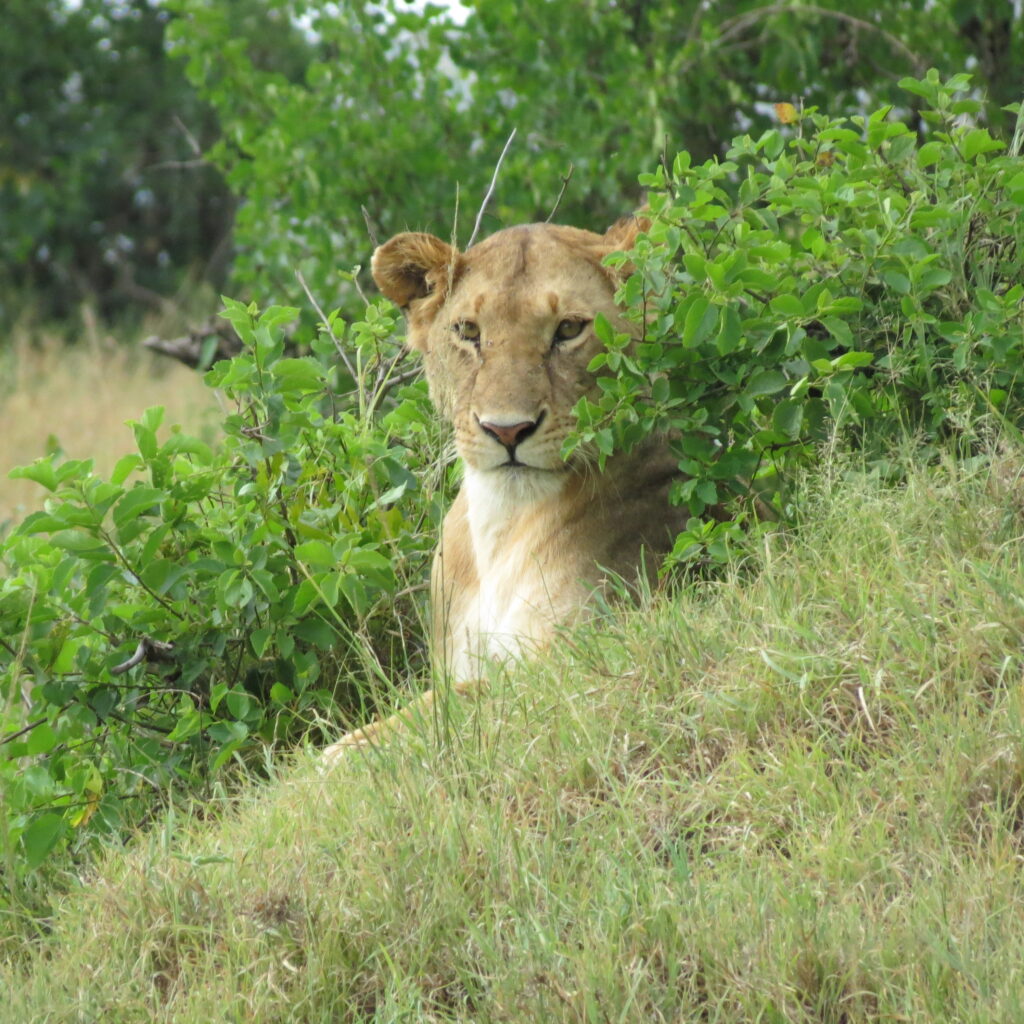THE AMAZINGLY DIVERSE WORLD OF CATS
As fellow pet owners, we can all relate to the joys of feline companionship. Domestic cats are intelligent, curious, intuitive, entertaining, and sometimes mischievous! They also provide ample (sometimes conditional!) love as long as we provide them with attention and a healthy , productive environment in which to thrive. Cats have been companions to humans for many thousands of years, and have undoubtedly contributed to the advancement of our health and agriculture through rodent control. This is not even to mention their historical religious and cultural significance.
A lesser-known fact about cats is the wide diversity of feline species that live around the globe. Wild endemic cats evolved throughout the planet, other than Australia and the poles. Cats range in size from very tiny to very large. The Rusty Spotted cat of Asia is two to three lbs at maturity, and could fit into the palm of your hand like a kitten. Conversely, the Siberian tiger can weight up to 650 lbs! All cats are efficient hunters, but their prey base is dependent upon the ecological niche a species fills within a certain geographic range. There is a species of cat called the Fishing cat that lives near water sources in Asia, and primarily subsists on catching fish. An African leopard or lion would survive on hunting larger ungulates. The Canadian lynx primarily eats snowshoe hares, whereas the snow leopard eats mountain sheep and deer, sometimes four times their size!
One common concern that most species of wild felids share is population declines due to human related activities. There are certainly remarkable exceptions to this. As recently as 20-30 years ago, there were very few Iberian lynx left in their native habitat of Spain and Portugal. This was primarily due to precipitous declines in their prey rabbit populations. Since then, due to conservation related activities, the lynx population has rebounded back into the thousands. They have even been demoted from an endangered species to a threatened species.
Another amazing success story is the recent increase in Siberian tiger numbers in the Amur due to conservation collaboration between Russia and China. In addition, tiger numbers are increasing in Thailand, Bhutan, and India due to anti-poaching effective law enforcement. In Argentina, jaguars are currently being reintroduced to Ibera and El Impenetrable National Parks, in a measure called rewilding. In Patagonia, puma have much more land to hunt and many less fences to deal with due to the establishment of multiple new national parks. This is possible due to cooperation between the Thompkins Conservation organization and the Argentinian and Chilean governments.
In general, however, many species of wild cats are under threat and need our help. Large swathes of protected land with fully functioning ecosystems are critical not only for wild felid species, but for other forms of wildlife as well. The biodiversity of planet earth is unique and exceptional, and by helping out our furry friends, we are also helping to protect this place we call home.




